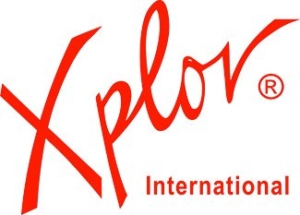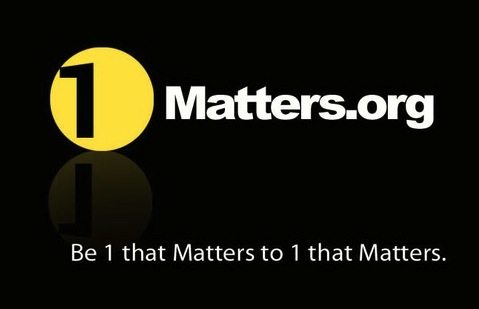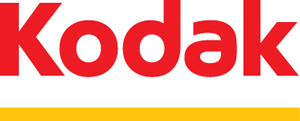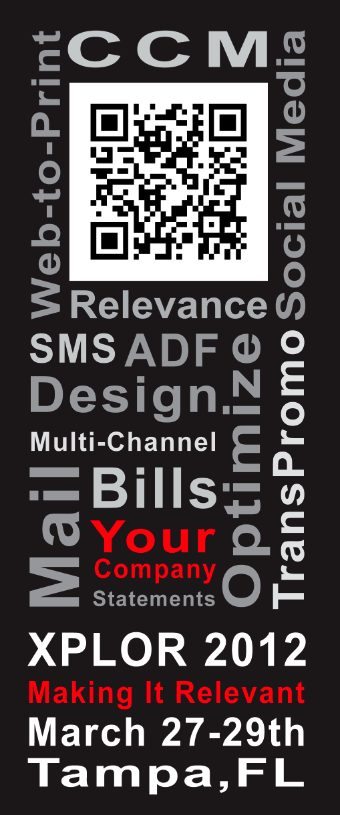Understanding CCM
Every couple of years a new buzz word, phrase or three letter acronym sneaks into the vernacular of our industry. In most cases the terms are broad and ill defined.
Such is the case with CCM (Customer Communications Management).
It is one those things, where everybody thinks it is a great idea, but most people are not sure what it really represents of how to get started.
What is CCM?
According to Wikipedia, Customer Communications Management is a term highlighted by research companies such as Gartner Group, Forrester Research and Madison Advisors* to define a convergent set of Information Technology solutions that together provide marketing communication professionals the ability to advance the way that they communicate with their customers.
The definition certainly encompassing, but not finite. How do you get started?
CCM 101
Based on the input we have received from conference attendees, members and the industry in general, I am pleased to announce that we will have a (6) session CCM Track, sponsored by Pitney Bowes Software at the upcoming 2012 Xplor Conference and Vendor Forum.

This track offers thought-provoking, educational sessions on planning and implementing an effective Customer Communications Management (CCM) Strategy.
The six session track will take you through improving your customer acquisition strategy, present best practices for communication across new media channels, improving customer care with more robust communications management, using data and analytics to drive better communications, moving from transpromo to trans-relevance to improve loyalty and revenue, and present best practices in communication governance.
Sessions include:
- Improving Customer Care with More Robust Communication Management
- Moving from “Transpromo” to “Trans-relevance” for Greater Loyalty and Revenue
- Best Practices in Communication Governance
- Making Room for Relevance: Improve Acquisition Using the Customer’s Point of View
- Using Data and Analytics to Drive Better Communications
- Best Practices for Communicating More Consistently Across New Media Channels
The track is being held on Tuesday March 27th from 9 am to 4:50 pm. For more information and descriptions on the CCM track.
You can also check it out in the 2012 Xplor Conference and Vendor Forum digital brochure.
The Roadmap
Whether you are looking at CCM, have a CCM strategy in place, are in various stages of implementation the CCM Track at the 2012 Xplor Conference will benefit you and your company.
See you in St. Pete Beach, March 27-29, 2012.







